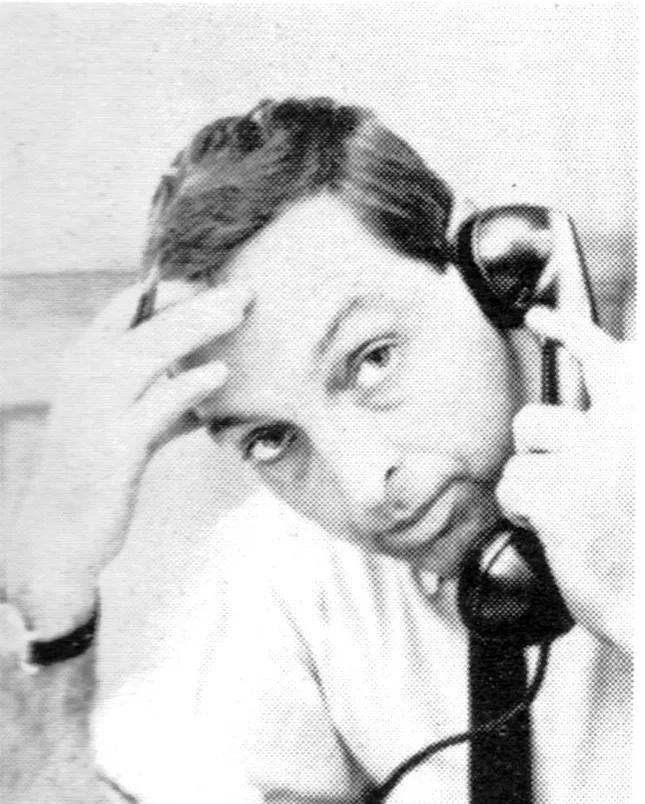Herb Lubalin graduated from Cooper Union in 1939 and initially designed exhibits for the New York World's Fair. After freelancing and working as an art director for various agencies, he joined Sudler and Hennessey in 1946, where he became vice president and creative director. His work earned him numerous awards from the New York Art Directors Club, Type Directors Club, and AIGA.


